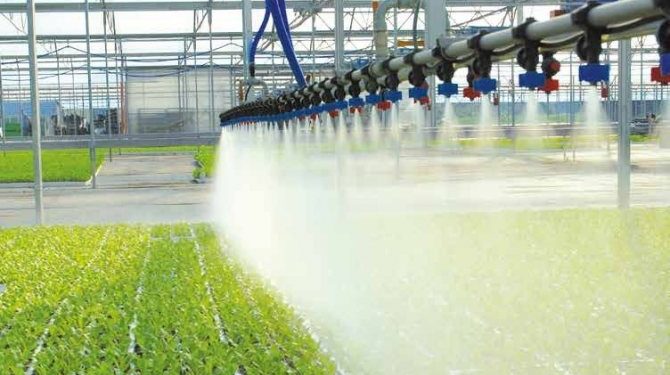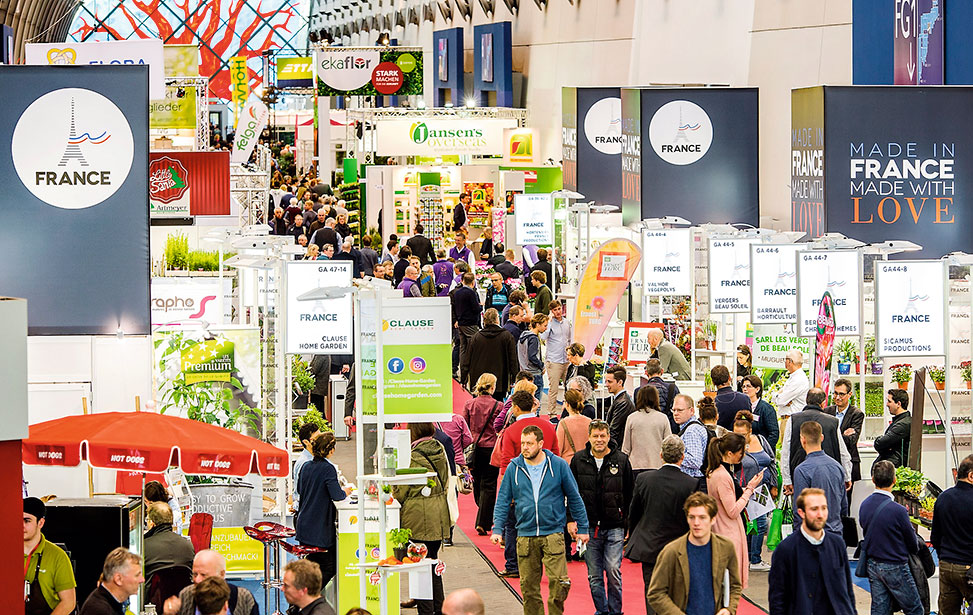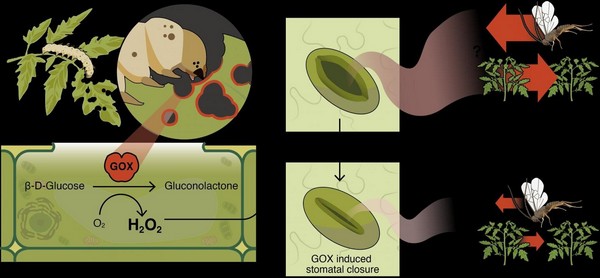Irrigation is a critical aspect of crop growth, as it can significantly impact crop quality. However, selecting the right irrigation system can be challenging, and it depends on various factors, such as the type of crop, climate, labor, initial investment, growing media, and soil type. This article provides an overview of the pros and cons of some of the most common irrigation systems, including manual irrigation, sprinkler/micro spray systems, drip irrigation, water booms, sub-irrigation ebb and flow, NFT (Nutrient Film Technique), and mist fogging.
Manual irrigation is an inexpensive option, but it requires training and experience to be efficient and can be labor-intensive.
Sprinkler/micro spray systems can be timed and automated but may be wasteful if not managed correctly.
Drip irrigation is programmable and can precisely distribute water, but it requires medium to high investment and proper cleaning and maintenance.
Water booms can automate irrigation and product application, but they require high initial investment and may be challenging to manage with small batches of different crops.
Sub-irrigation ebb and flow is ideal for hydroponic systems but can cause salt build-up and generate wastewater.
NFT is programmable, but it requires a climate-controlled environment and a qualified operator. Finally, mist fogging can be useful for germinating chambers/rooting stations but requires an efficient filtering system and a high-pressure line.
Regardless of which irrigation system you choose, proper maintenance is crucial. Make appropriate adjustments when cycling through different seasons, crops, and growth cycles. Be proactive and implement preventative maintenance to ensure that your irrigation system is working efficiently and effectively.












